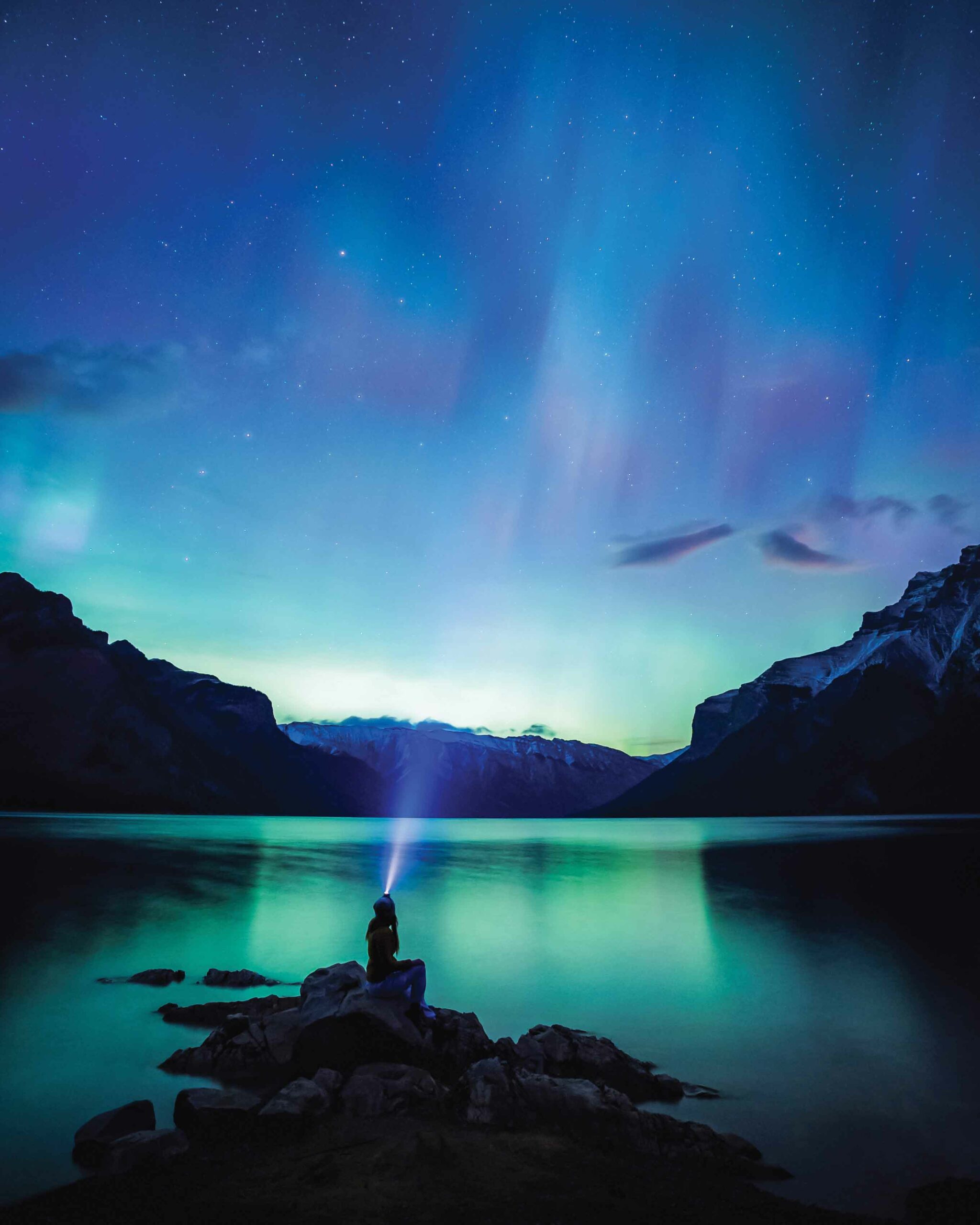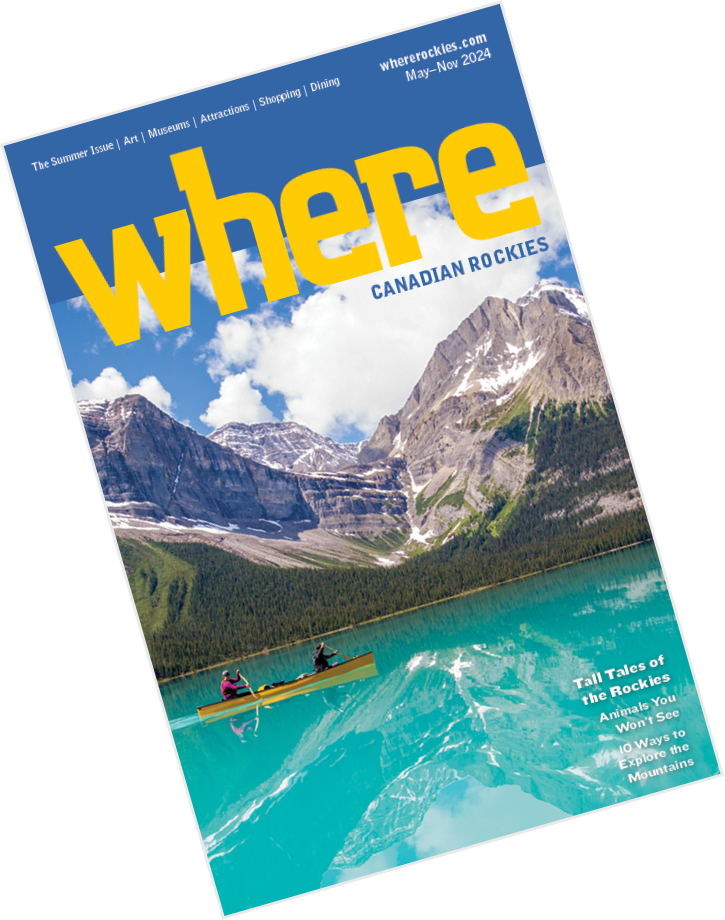The Greatest Show on Earth: A Symphony of Light in the Canadian Rockies
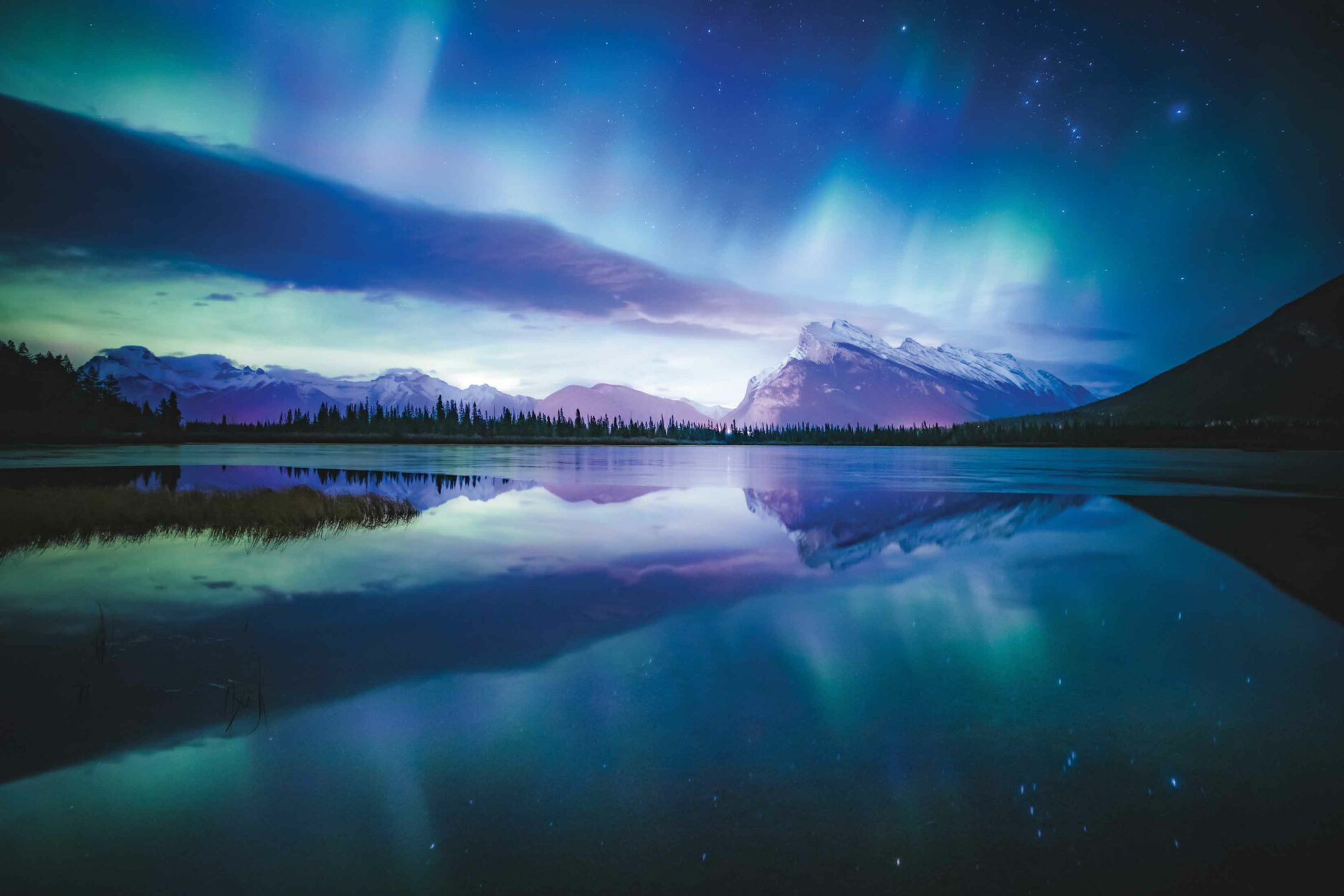
Peter O'Hara
Throughout history, humans have been captivated and mesmerized by the northern lights. Curtains of colour intertwine and rain down from the sky, weaving and dancing across the night in a beautiful symphony of light. This unique and profound experience engages something deep within: a sense of awe, wonder, and what almost feels like a closer interaction with the universe. These memorable and fleeting moments will no doubt leave a lasting imprint on those fortunate enough to witness their magic.
The Canadian Rockies are home to some of the most iconic landscapes in Canada, if not the world. Yet we often associate viewing the northern lights at higher latitudes, given their proximity to the north. But what if we told you that you don’t need to travel across the world or to the Arctic to take in this dynamic event? That this spectacle of nature happens right here in the beautiful mountains.
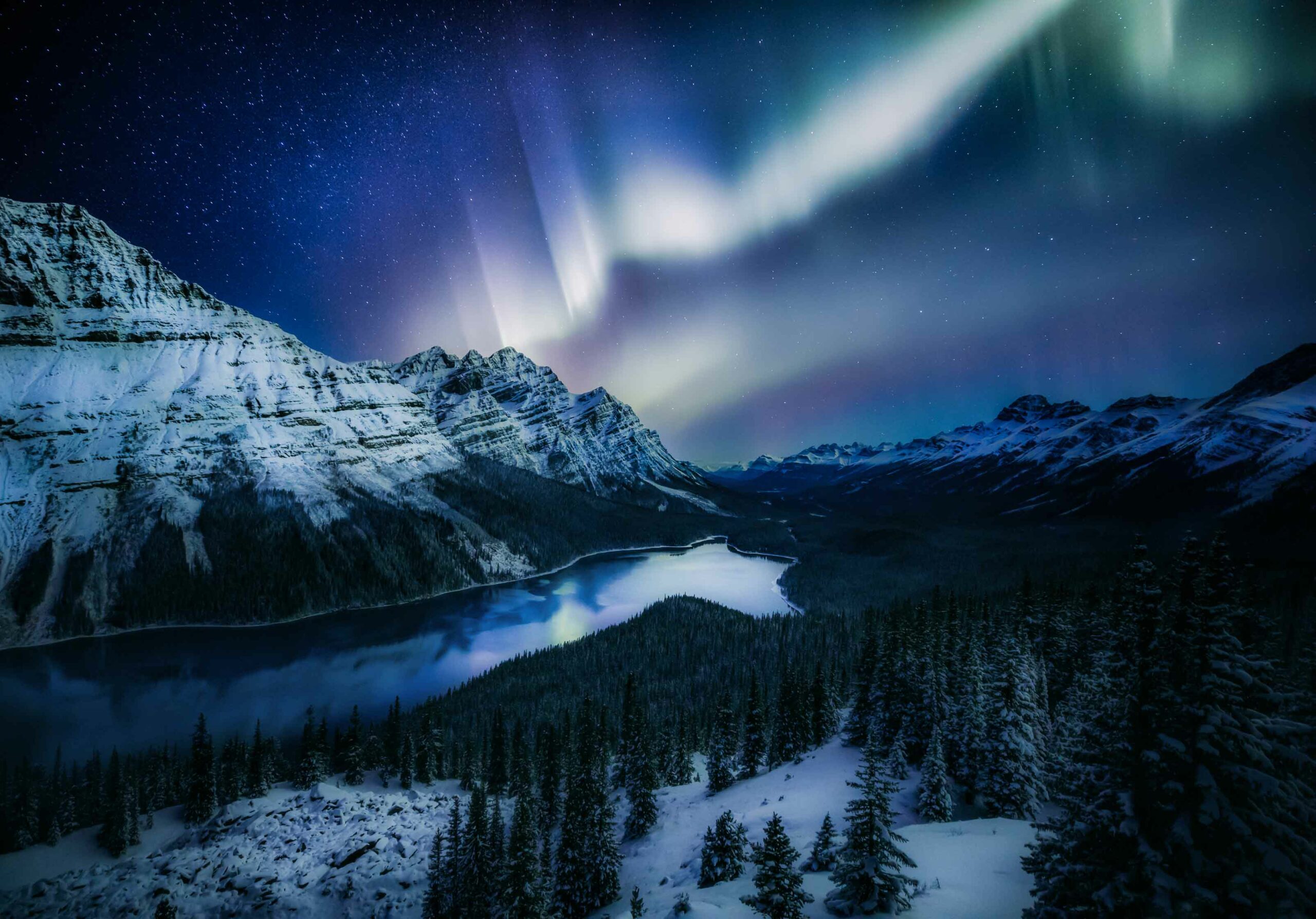
The colourful display we see in the sky and know as northern lights occurs when there is a disturbance in the magnetosphere caused by solar wind. Charged particles from the sun hurl towards Earth and collide with gases in the Earth’s upper atmosphere, resulting in tiny flashes of light. When billions of these flashes occur in sequence the sky erupts in a dance of varying colour and complexity, resulting in one of the greatest shows on earth. Known in the northern hemisphere as the Aurora Borealis, in the southern hemisphere this natural event is termed the Aurora Australis.
Chasing the northern lights is a thrill, but like anything worthwhile, requires patience and timing. To increase your viewing chances, look for clear, dark skies facing north, and travel away from any light pollution. The moon phase/cycle will play a role in how visible the lights will be, but don’t let a full moon be a deterrent.
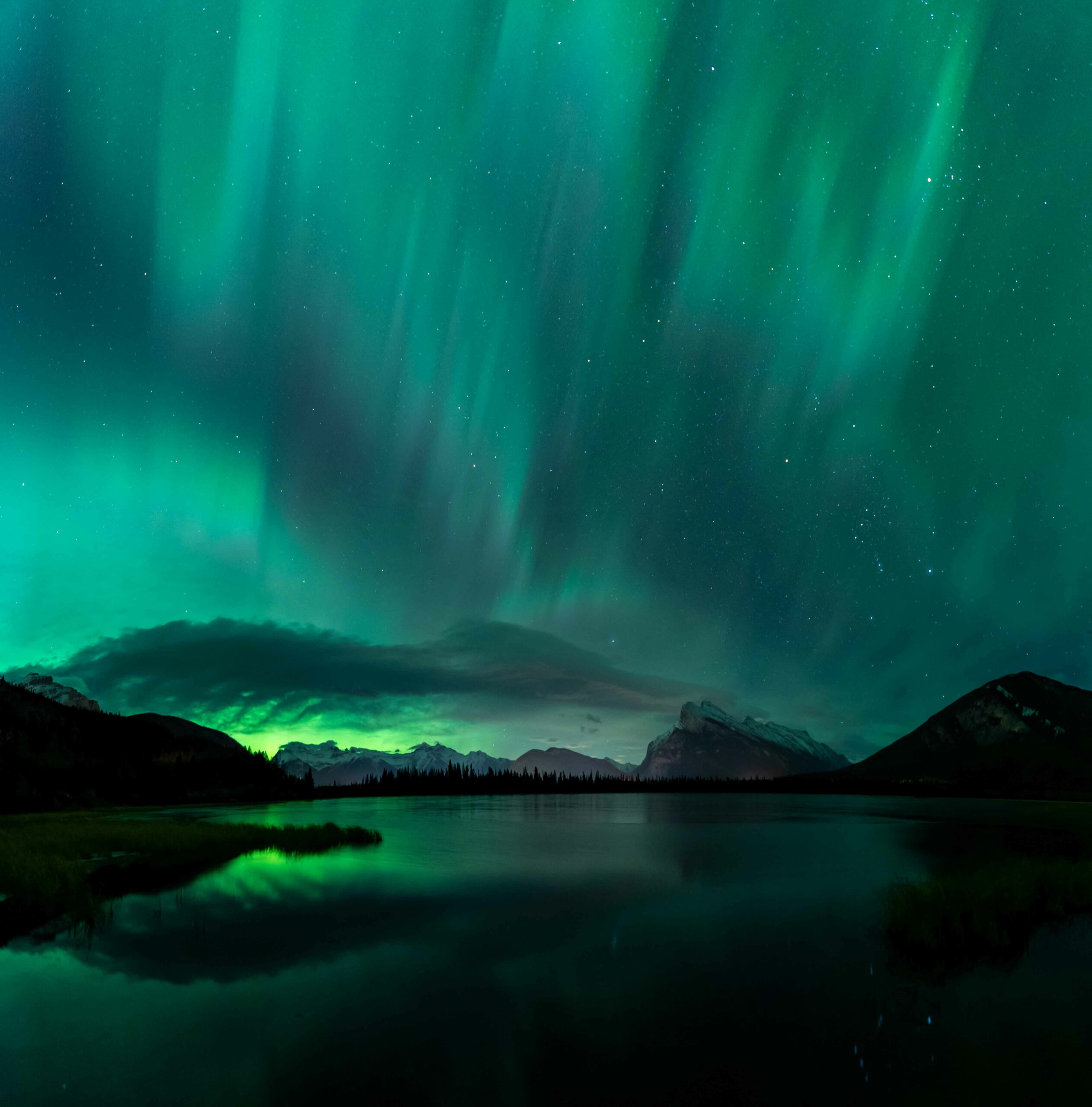
Familiarize yourself with how to read aurora data. You’ll want to pay attention to the Planetary K-index, known as the KP, as it is used to predict the magnitude of geomagnetic storms. This scale ranges from 0 to 9. Storms with greater strength will appear as a higher number on the scale, predicting a brighter and more active display of lights. The KP index alone is not definitive. Other important indicators that must align to produce a memorable show include the Bt (showing the strength of the interplanetary magnetic field), the density of solar wind, and Bz (showing the polarity north-south direction of the interplanetary magnetic field). Generally, the higher the Bt and density of solar wind the better, while you want to see the Bz trending below 0 in the negative.
Space Weather Live is a great online resource for reading and predicting future data, along with several apps including Aurora Alerts. There is also a fantastic Facebook group called Alberta Aurora Chasers dedicated to education and community while keeping Alberta’s passionate chasers up to date with current and future aurora predictions. Sunshine Village has also installed an Aurora Live Cam which streams 24/7 on YouTube. It's the perfect alternative when you want to view the lights from the comfort of your own home.
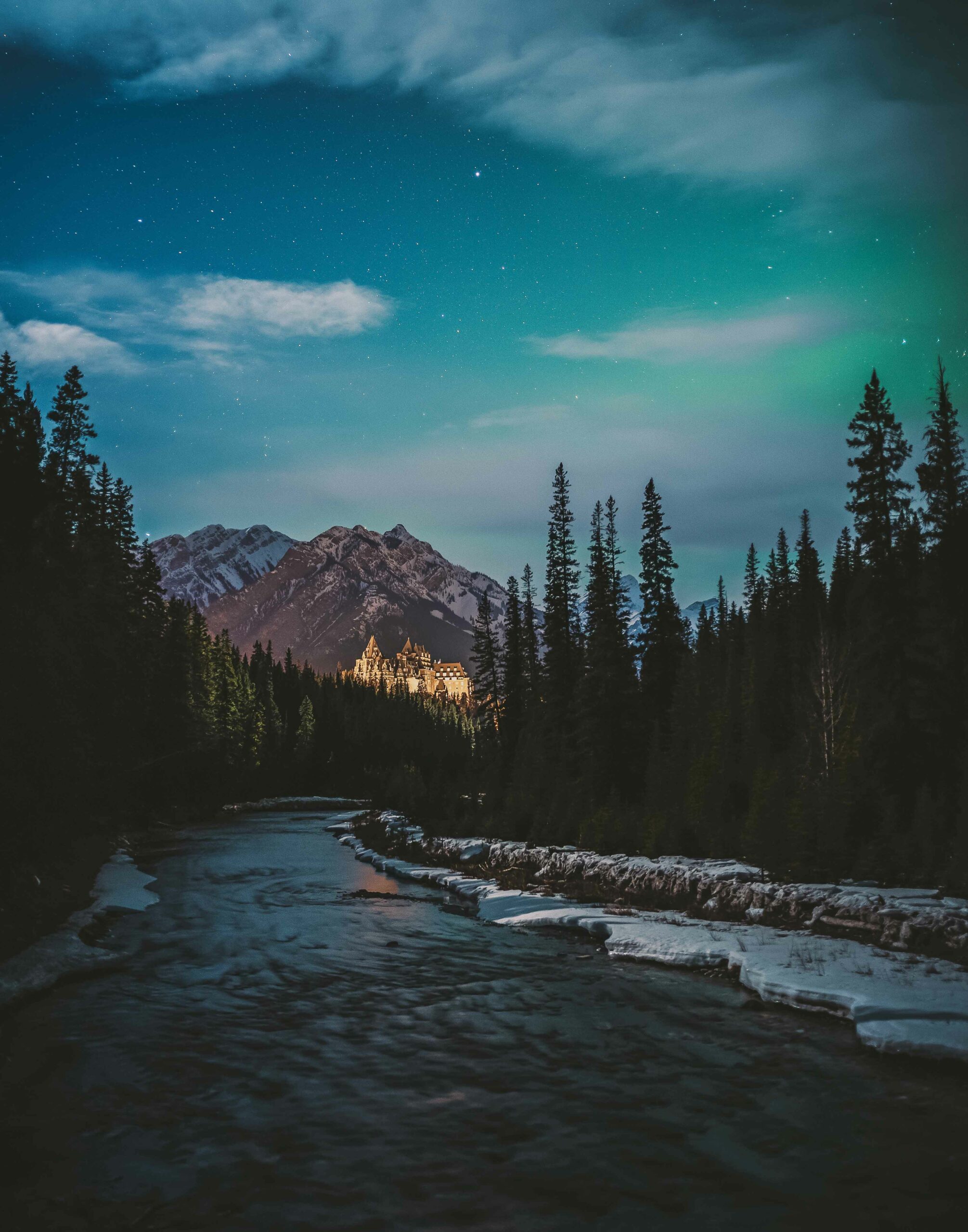
For those individuals excited to photograph this incredible event, we have found it beneficial to find a composition facing north during the day so that you’re not fumbling around in the dark. Bring a sturdy tripod and a headlight, and understand the settings on your camera. To begin we normally take a few test shots. First, we set our camera’s timer to 2 seconds, which helps to prevent camera shake when pressing the shutter. We then open our aperture to its lowest setting, increase our ISO to 800-2500 and lower our shutter speed to 4-20 seconds.
The phase of the moon, darkness of the sky, and the brightness of the lights, combined with how fast they are moving will determine your settings moving forward. Experiment, and have fun. The more you practice, the quicker you’ll be able to dial in your desired settings.
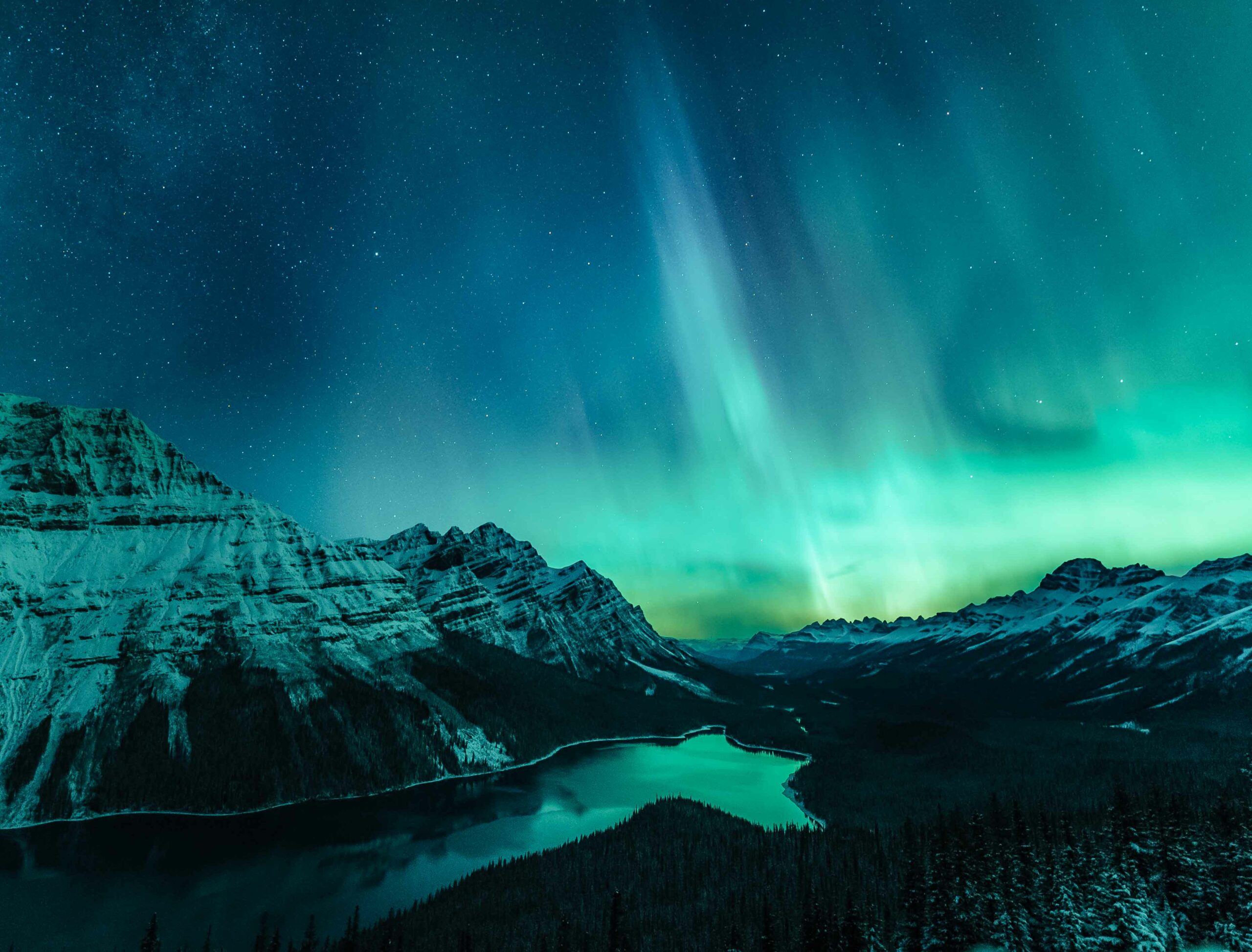 A few of our favourite locations to take in the beauty of the northern lights around Banff National Park include Cascade Ponds, Lake Minnewanka, Castle Junction, and Peyto Lake. And when the lights are at their absolute peak, and can be seen overhead, we will make a stop at the famous Vermillion Lakes: the dream, and bucket list shot in the Canadian Rockies.
A few of our favourite locations to take in the beauty of the northern lights around Banff National Park include Cascade Ponds, Lake Minnewanka, Castle Junction, and Peyto Lake. And when the lights are at their absolute peak, and can be seen overhead, we will make a stop at the famous Vermillion Lakes: the dream, and bucket list shot in the Canadian Rockies.
The more time you dedicate to understanding the science and reading the data will ultimately increase your chances of witnessing this phenomenon. But know that your efforts will not always be rewarded. The data may look promising on paper, but unfortunately that doesn’t always translate to the skies. Do not get discouraged, as this is part of the journey. That's why they call it the chase, after all.
